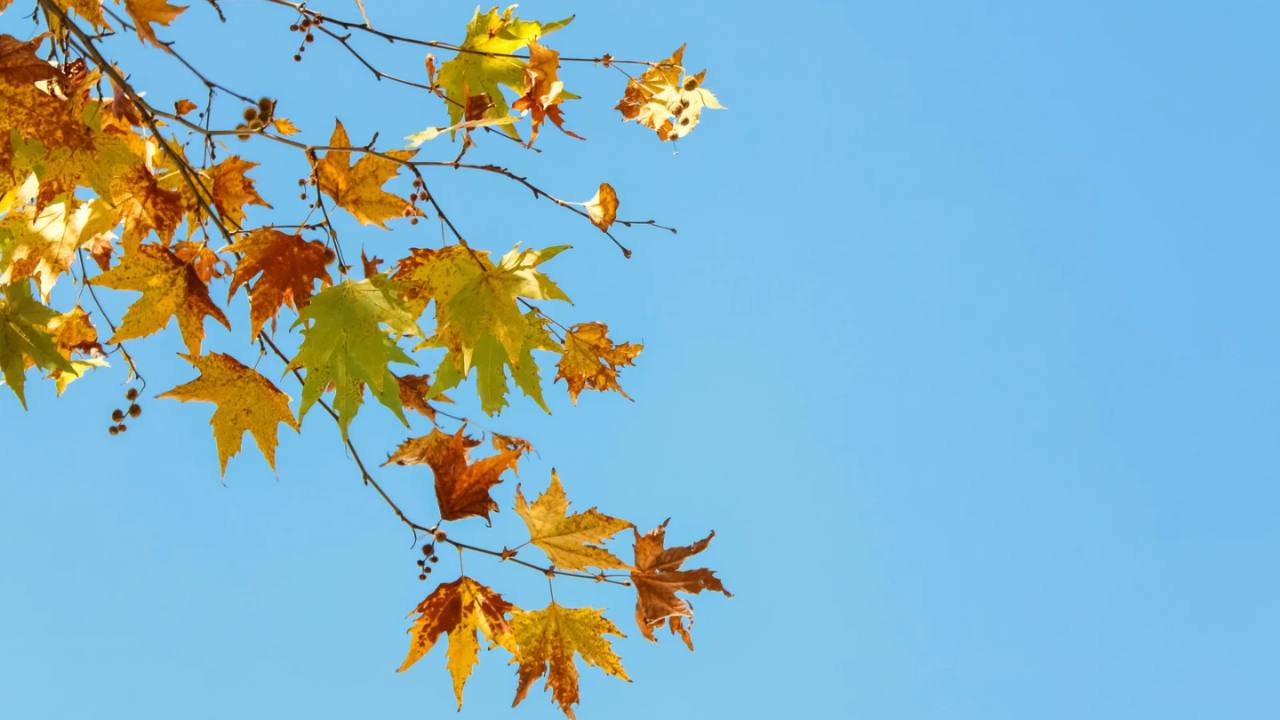今日は「こどもの日」/Today is Childrens' Day
こんにちは、いろはです。
今日は5月5日、「こどもの日」ですね。
Hello, this is Iroha.
Today is the 5th of May, which is celebrated in Japan as Children’s Day.
日本ではこの日、子どもの健やかな成長と幸せを願って、空に鯉のぼりをあげたり、兜(かぶと)や五月人形を飾ったり、柏餅やちまきを食べる風習があります。
It’s a day to wish for the healthy growth and happiness of children.
You’ll see colourful carp streamers (koinobori) flying in the sky, and families often display samurai helmets (kabuto)or warrior dolls, and enjoy kashiwa-mochi (sweet rice cakes wrapped in oak leaves) or chimaki (sweet sticky rice wrapped in bamboo leaves).
「こどもの日」って、実は「男の子の日」?
今では「こどもの人格を尊重し、子どもの幸せを願う日」として広く祝われていますが、もともとは「端午の節句」と呼ばれる男の子の成長を祝う日でした。
Children’s Day is actually… Boys’ Day?
Although it is now officially called Children’s Day and meant to celebrate all children, it originally began as Tango no Sekku, a festival to celebrate boys' growth and strength.
3月3日の「ひな祭り」が女の子の日であるのと対になっています。
It’s the counterpart to Hinamatsuri (Girls’ Day) on March 3rd.
最近では、すべての子どもを祝う日としての意識も高まっていますが、今でも兜や鯉のぼりなど、「男の子の成長」を象徴する飾りが中心です。
Today, the meaning has expanded, but many of the traditions—like samurai displays and carp streamers—still reflect the focus on boys.
なぜ鯉なの?
空を泳ぐカラフルな鯉のぼりは、日本の5月の風物詩ですね。
Why carp?
The image of colourful carp swimming in the sky is a beloved part of the season.
なぜ鯉なのかというと、中国の故事「登竜門」に由来しています。
The carp was chosen because of an old Chinese legend:
A carp that swims up a waterfall becomes a dragon.
鯉が滝を登って龍になるように、子どもたちも強く立派に成長してほしいという願いが込められているのです。
This powerful symbol reflects the wish for children to grow strong and overcome challenges.
兜や人形を飾るのはなぜ?
武士の象徴である兜(かぶと)や五月人形には、「災いから子どもを守る」という願いが込められています。
Why display helmets and dolls?
The samurai helmet (kabuto) and warrior dolls are meant to protect children from harm, symbolising courage and strength.
お守りのような存在として、今でも飾られています。
They are still displayed as charms for good fortune and safety.
柏餅を食べる意味
柏の葉は、新しい芽が出るまで古い葉が落ちないため、「家系が絶えない」=縁起が良いとされてきました。
子孫繁栄や健康を願う気持ちが込められているのです。
Why oak leaves?
Kashiwa-mochi is wrapped in oak leaves because in Japanese belief, oak leaves don’t fall off until the new leaves grow—
symbolising continuity of the family and prosperity for future generations.
日本の「季節の行事」は、ただ楽しいだけではなく、自然や家族、命のつながりへの祈りが込められているものが多いですね。
Many of Japan’s seasonal traditions are more than just festive—they carry deep prayers for life, health, and the connection between generations.
あなたの国では、子どもや家族の成長を祝う習慣はありますか?
– いろは
Do you have a similar tradition in your country to celebrate children or family?
– Iroha






Responses